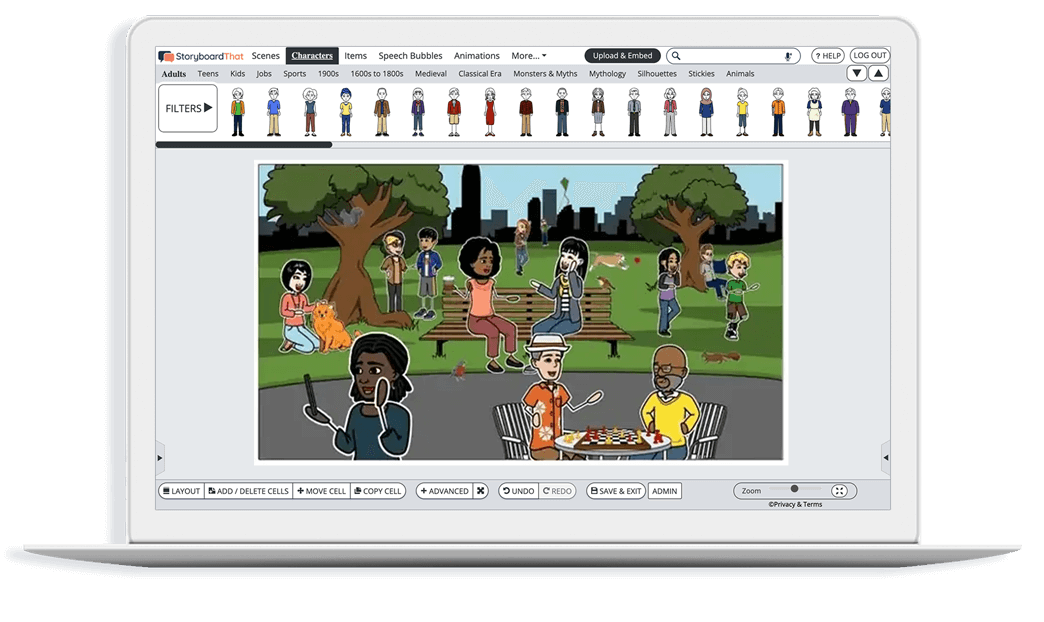

Tim Burton movies and Wes Anderson films come to mind when I think about precise shot composition and unique production design. These are great cinematic goals, and they’re often the product of storyboarding.

Suddenly, new storyboard ideas are popping into your head: I firmly believe that you should take your time drawing an ugly storyboard because then you’re forced to draw an ugly background, an ugly foreground, ugly characters, and thoughtful shot compositions. “Draw your storyboard ideas with stick figures if you’re not an artist.” Make sure to spend some time sketching out your storyboard ideas, even if they're just as samples. Take that energy and create storyboard ideas for your scene. That line of thinking can be harmful to your project because what you’re actually doing is limiting your creativity, which in turn limits the effectiveness of your vision, which in turns limits your project.ĭon’t waste valuable energy thinking about limitations.

You may not have a huge budget, so naturally, you think you’re limited. While some of the reasons storyboards work so well may seem painfully obvious, there are more nuanced rationales that many novice (and professional) filmmakers tend to overlook.
#Buy storyboard pro student professional#
Storyboards are what professional filmmakers and production companies use to clearly communicate visual ideas with their team. ABOUT THESE STORYBOARD EXAMPLES Storyboards force creative filmmakingĮver had a great idea for a shot or perhaps an entire scene? Everything is visualized perfectly in your mind, but will it make it to the screen?


 0 kommentar(er)
0 kommentar(er)
